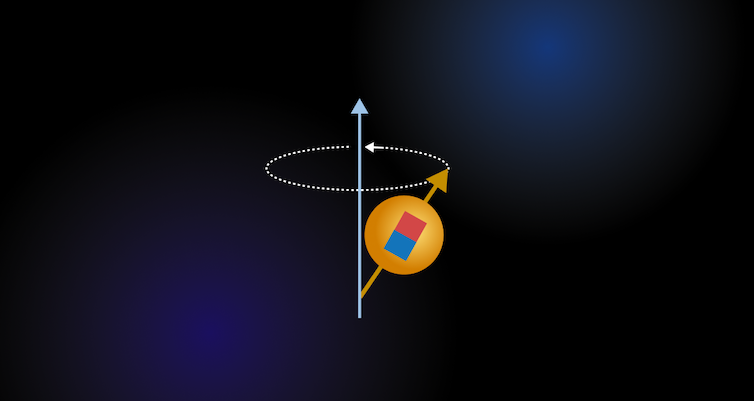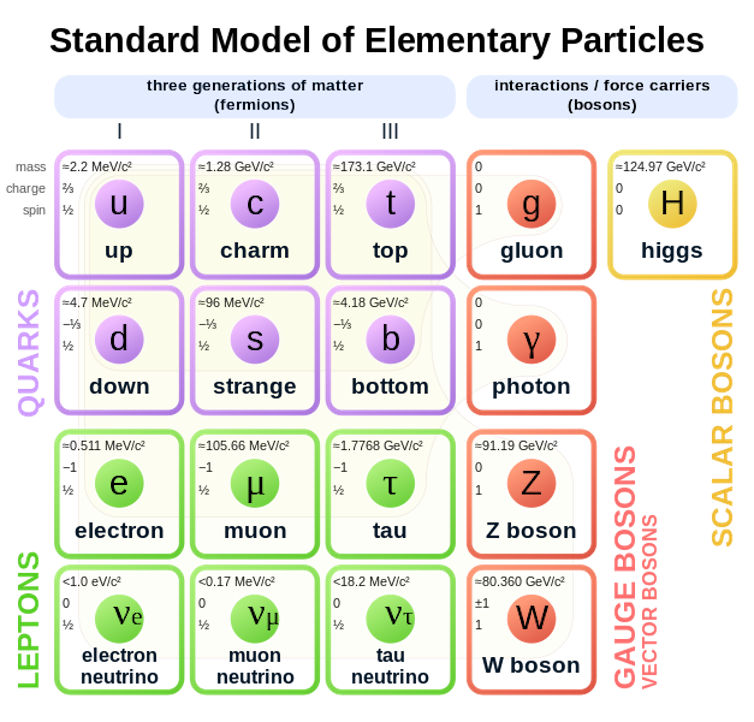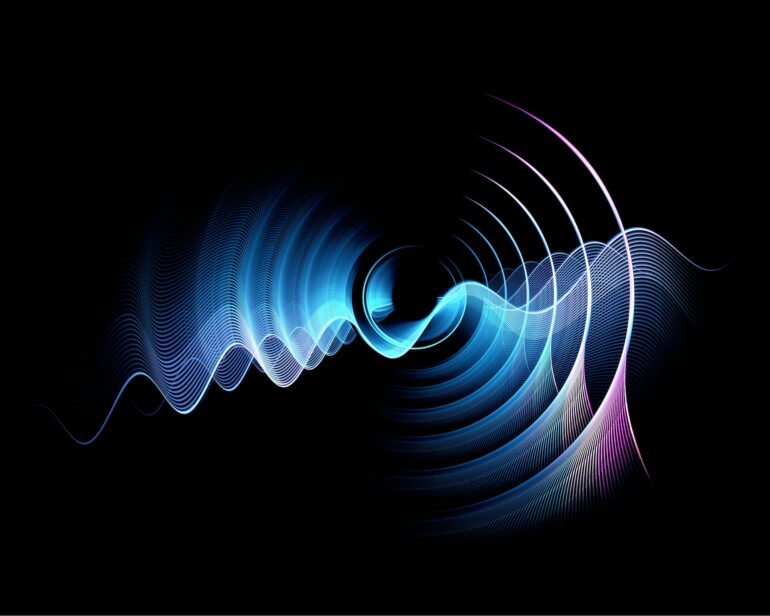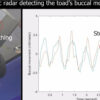One way physicists seek clues to unravel the mysteries of the universe is by smashing matter together and inspecting the debris. But these types of destructive experiments, while incredibly informative, have limits.
We are two scientists who study nuclear and particle physics using CERN’s Large Hadron Collider near Geneva, Switzerland. Working with an international group of nuclear and particle physicists, our team realized that hidden in the data from previous studies was a remarkable and innovative experiment.
In a new paper published in Physical Review Letters, we developed a new method with our colleagues for measuring how fast a particle called the tau wobbles.
Our novel approach looks at the times incoming particles in the accelerator whiz by each other rather than the times they smash together in head-on collisions. Surprisingly, this approach enables far more accurate measurements of the tau particle’s wobble than previous techniques. This is the first time in nearly 20 years scientists have measured this wobble, known as the tau magnetic moment, and it may help illuminate tantalizing cracks emerging in the known laws of physics.

Electrons, muons and taus all wobble in a magnetic field like a spinning top. Measuring the wobbling speed can provide clues into quantum physics.
Jesse Liu, CC BY-ND
Why measure a wobble?
Electrons, the building blocks of atoms, have two heavier cousins called the muon and the tau. Taus are the heaviest in this family of three and the most mysterious, as they exist only for minuscule amounts of time.
Interestingly, when you place an electron, muon or tau inside a magnetic field, these particles wobble in a manner similar to how a spinning top wobbles on a table. This wobble is called a particle’s magnetic moment. It is possible to predict how fast these particles should wobble using the Standard Model of particle physics – scientists’ best theory of how particles interact.
Since the 1940s, physicists have been interested in measuring magnetic moments to reveal intriguing effects in the quantum world. According to quantum physics, clouds of particles and antiparticles are constantly popping in and out of existence. These fleeting fluctuations slightly alter how fast electrons, muons and taus wobble inside a magnetic field. By measuring this wobble very precisely, physicists can peer into this cloud to uncover possible hints of undiscovered particles.

Electrons, muons and taus are three closely related particles in the Standard Model of particle physics – scientists’ current best description of the fundamental laws of nature.
MissMJ, Cush/Wikimedia Commons
Testing electrons, muons and taus
In 1948, theoretical physicist Julian Schwinger first calculated how the quantum cloud alters the electron’s magnetic moment. Since then, experimental physicists have measured the speed of the electron’s wobble to…



